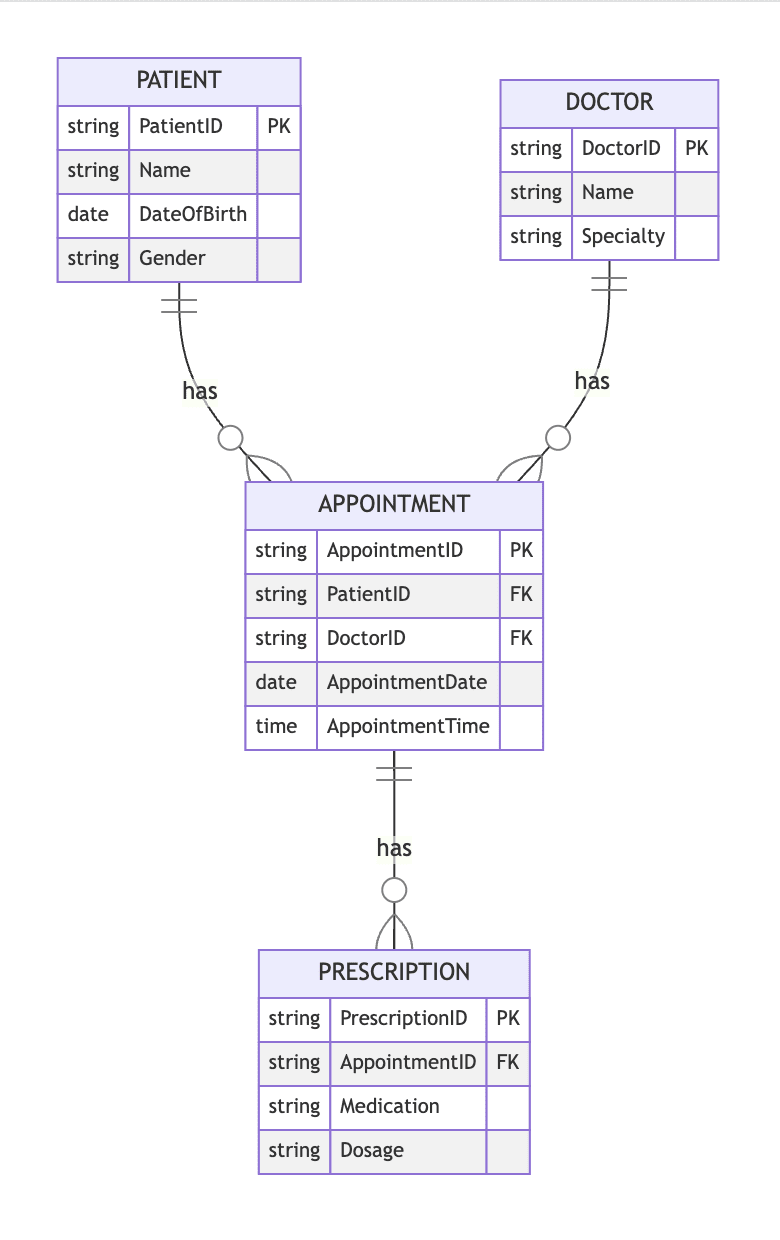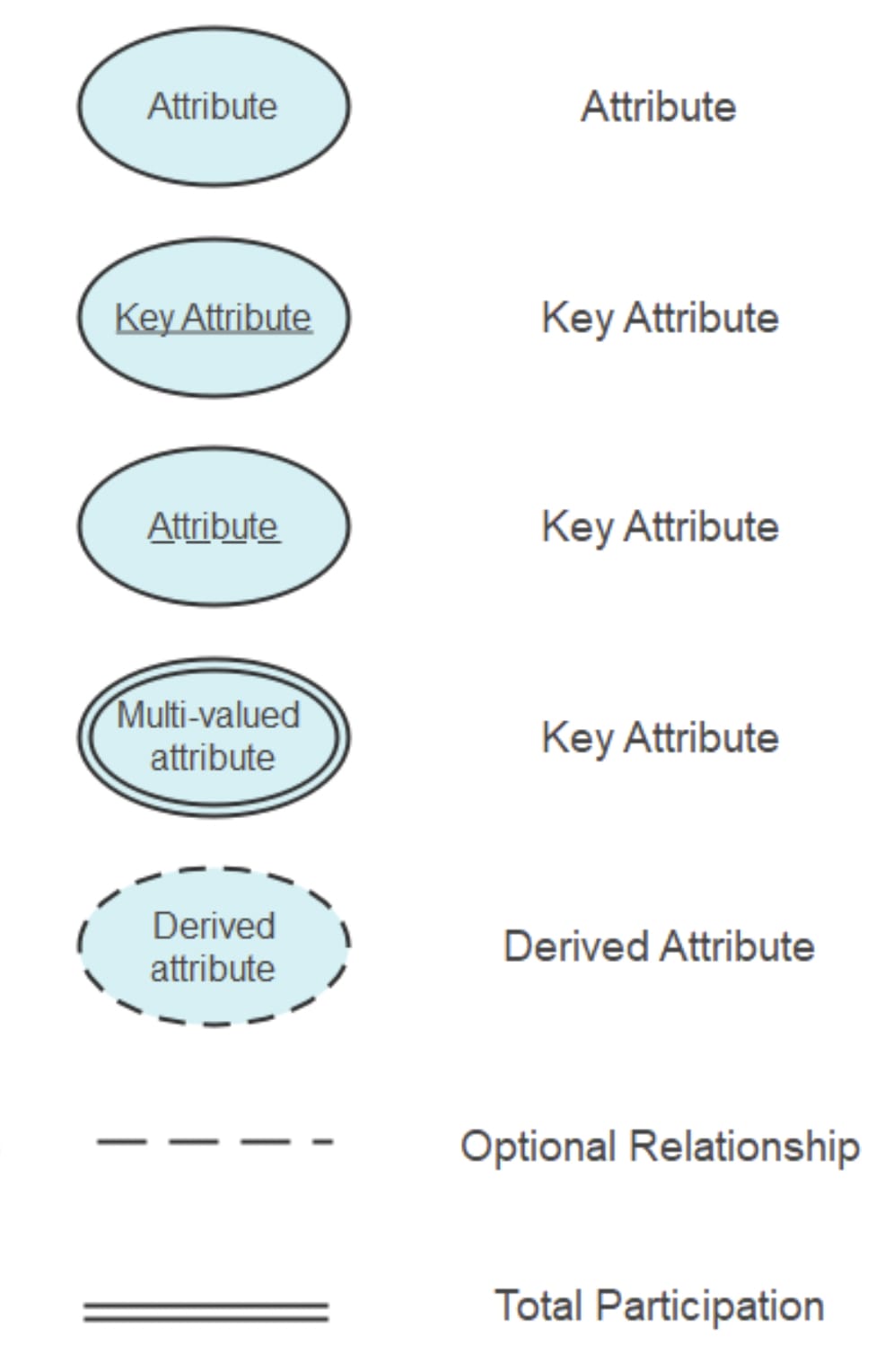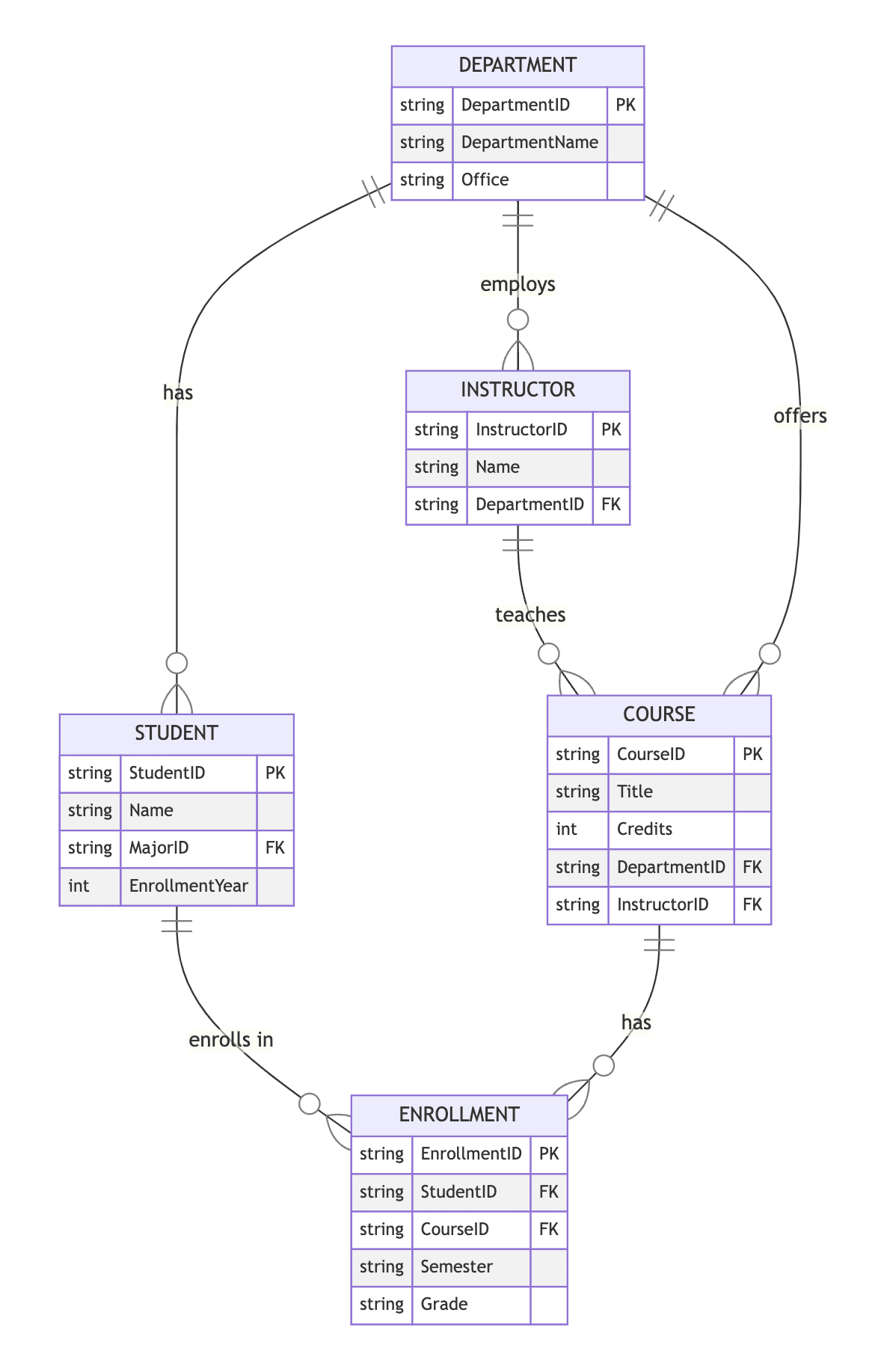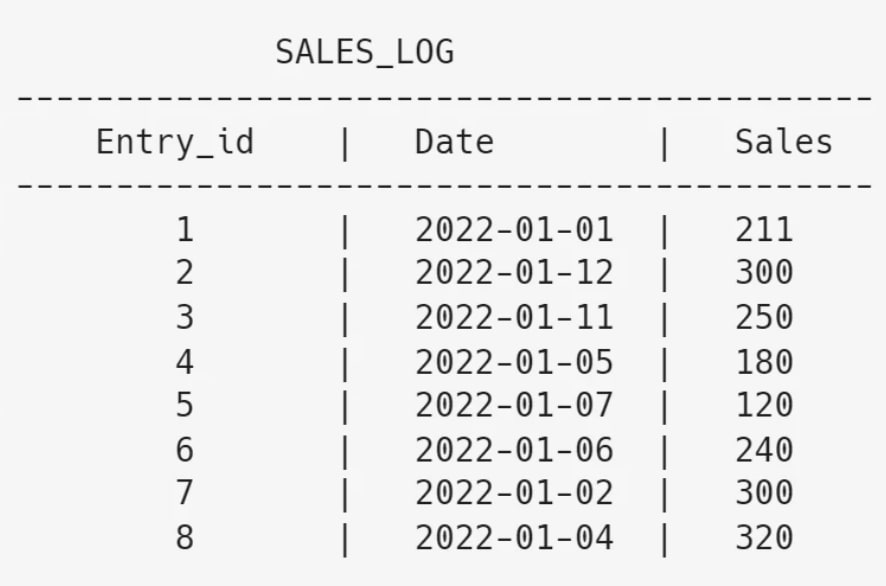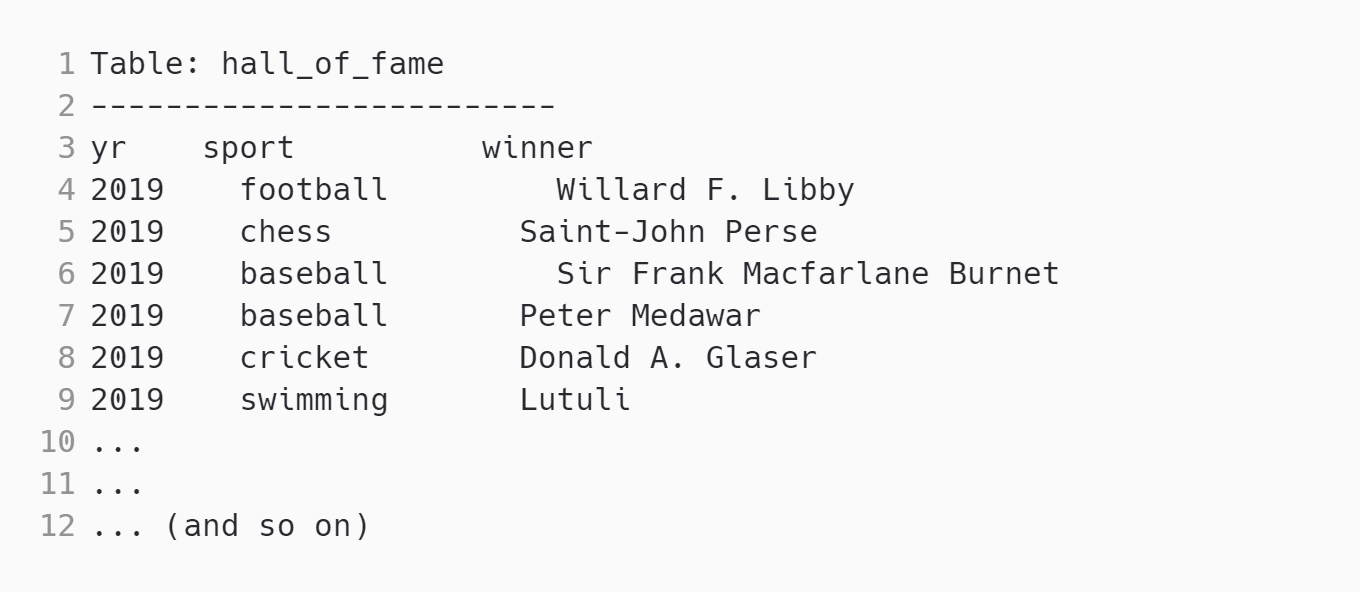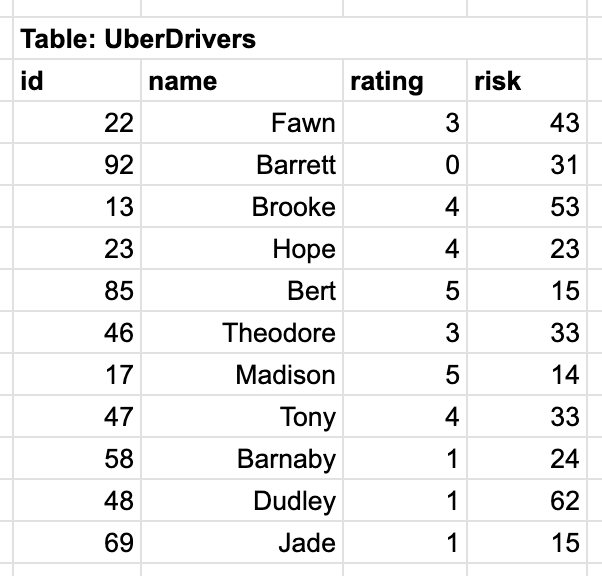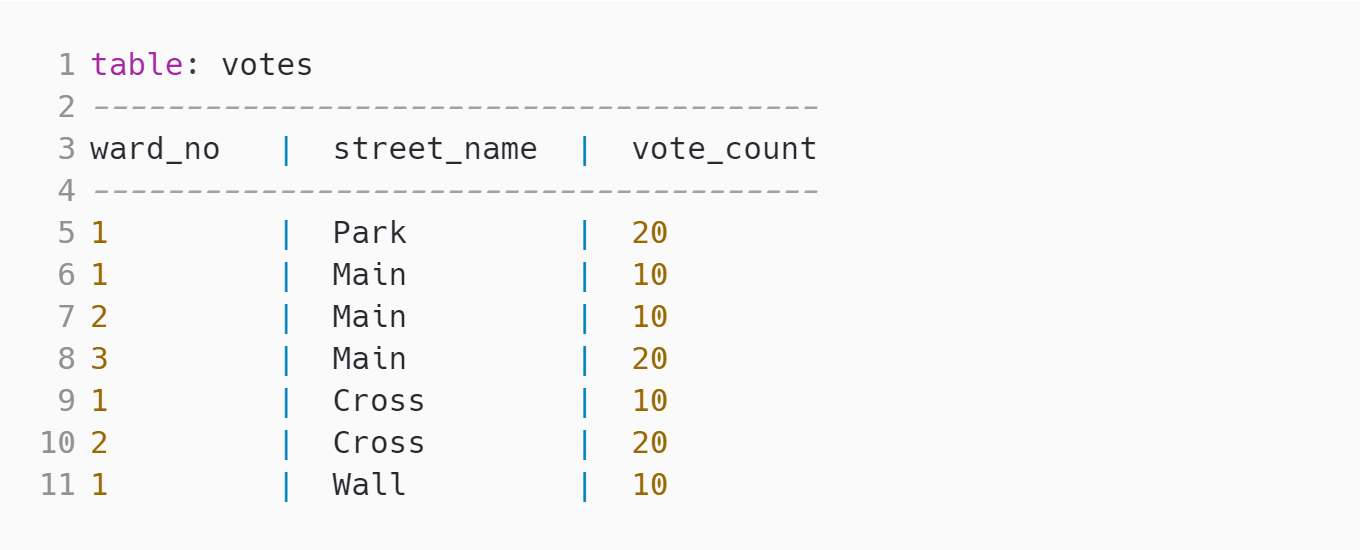Data Modeling: Data modeling is the process of designing and organizing data to support efficient storage and retrieval. It involves identifying the entities, relationships, and attributes in a system and creating a conceptual, logical, and physical model. Measuring data modeling skills in this test helps assess a candidate's ability to understand and structure complex data.
Database Design: Database design is the process of creating a blueprint for organizing and structuring data in a database system. It involves defining tables, relationships, constraints, and indexes to ensure efficient data storage and retrieval. Measuring database design skills in this test helps evaluate a candidate's ability to design databases that are scalable, optimized, and maintainable.
SQL: SQL (Structured Query Language) is a programming language used to manage and manipulate relational databases. It allows users to create, modify, and retrieve data from database tables. Measuring SQL skills in this test helps assess a candidate's proficiency in writing efficient and accurate SQL queries for data retrieval and manipulation.
ER Diagrams: An Entity-Relationship (ER) diagram is a visual representation of entities, attributes, and relationships in a database system. It helps illustrate the structure and organization of data. Measuring ER diagram skills in this test helps evaluate a candidate's ability to design clear and accurate ER diagrams, which are essential for database understanding and communication.
Normalization: Normalization is a process of minimizing redundancy and dependency in database tables to improve data integrity and reduce data anomalies. It involves dividing a database into logical, well-structured tables and establishing relationships between them. Measuring normalization skills in this test helps gauge a candidate's understanding of data normalization concepts and their ability to design efficient and normalized database schemas.
Relational Schema: A relational schema is a blueprint that defines the structure and organization of a relational database. It includes the names of tables, columns, constraints, and relationships. Measuring relational schema skills in this test helps assess a candidate's ability to design logical and coherent database schemas, which are crucial for data organization and retrieval.
Data Integrity: Data integrity refers to the accuracy, consistency, and reliability of data stored in a database. It is maintained through the use of constraints, validations, and business rules. Measuring data integrity skills in this test helps evaluate a candidate's understanding of maintaining data quality and preventing data corruption or loss.
Data Mapping: Data mapping involves defining the relationships and transformations between different data formats, structures, or systems. It is often used during data integration or migration projects. Measuring data mapping skills in this test helps assess a candidate's ability to map and transform data accurately and efficiently, ensuring seamless data flow and integration.
Data Validation: Data validation is the process of ensuring that data meets specific criteria or standards for accuracy, consistency, and usability. It includes checking data against predefined rules, constraints, or patterns. Measuring data validation skills in this test helps gauge a candidate's ability to design and implement robust data validation mechanisms, ensuring data quality and reliability.
Data Transformation: Data transformation involves converting data from one format, structure, or representation to another. It may include data cleansing, formatting, and restructuring. Measuring data transformation skills in this test helps evaluate a candidate's proficiency in transforming and manipulating data, which is often required for data integration, migration, or analysis tasks.



















